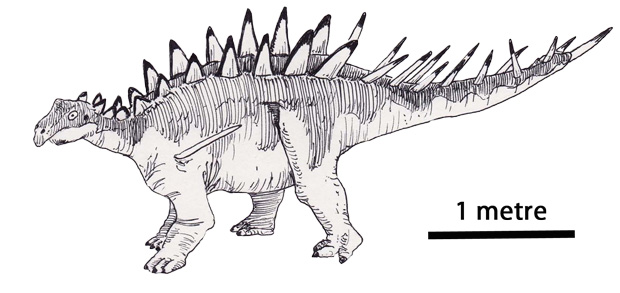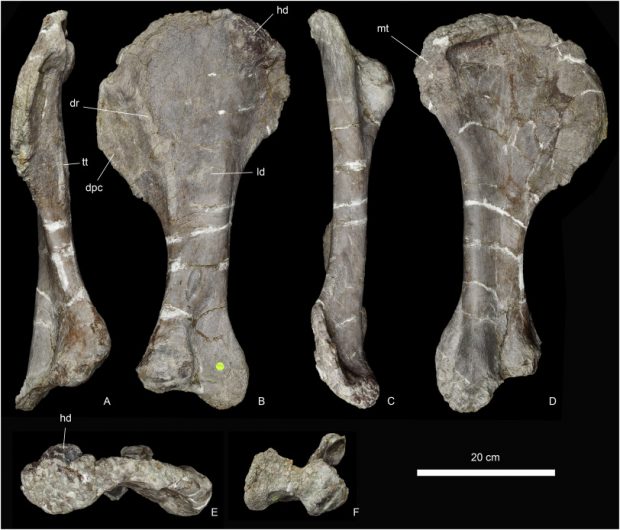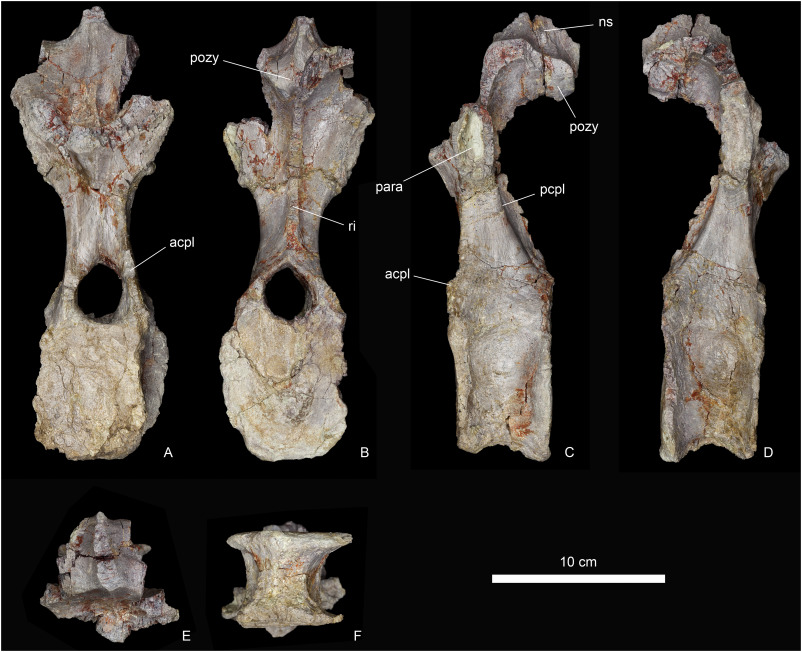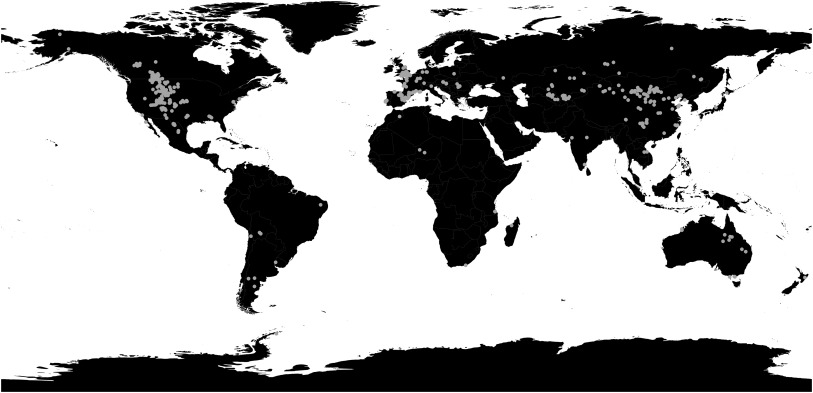Adratiklit boulahfa – The Oldest Definitive Stegosaur
A team of British scientists in collaboration with colleagues from Morocco, have announced the discovery of a new species of armoured dinosaur, described from remains found in the Atlas Mountains. The dinosaur has been named Adratiklit boulahfa and it is the first stegosaur to have been found in northern Africa. Adratiklit is also the oldest definitive stegosaur described, it having roamed Morocco some 168 million years ago (Bathonian faunal stage of the Middle Jurassic). This fossil discovery is significant, as it hints at the possibility of more armoured dinosaurs likely to be found on the continents that once made up the ancient landmass of Gondwana.
A Life Restoration of the Newly Described North African Stegosaur Adratiklit boulahfa

Picture credit: Everything Dinosaur
The Third Stegosaur from Africa
The fossils were acquired by the Natural History Museum (London). The material consists of cervical and dorsal vertebrae and the left humerus. Although fragmentary, these fossils permitted the scientists to erect a new armoured dinosaur genus. Although the exact provenance of these fossils is unclear, they probably came from the siltstone deposits of the El Mers II Formation located in the Middle of the Atlas Mountains (Fès-Meknes, northern Morocco). The age of this formation has been dated biostratigraphically based on ammonite fossils. Adratiklit is only the third stegosaur known from Africa, although a phylogenetic assessment carried out by the researchers, indicates that it was probably more closely related to European stegosaurs such as Dacentrurus (D. armatus).
Views of the Left Humerus Ascribed to A. boulahfa

Picture credit: Gondwana Research/Maidment et al
The two other stegosaurs known from Africa described to date are:
- Kentrosaurus – K. aethiopicus from the Late Jurassic (approximately 156-148 million years ago), fossils found in Tanzania.
- Paranthodon P. africanus from the Early Cretaceous (approximately 139-131 million years ago), fossils come from Cape Province, South Africa.
Adratiklit boulahfa – What’s in a Name?
The generic name (Adratiklit), is from the local Berber terms for “mountain” and “lizard”, whilst the trivial epithet refers to Boulahfa, the likely site of the fossil discovery. Commenting on the significance of this stegosaur from Morocco, lead author Dr Maidment commented:
“The discovery of Adratiklit boulahfa is particularly exciting as we have dated it to the Middle Jurassic. Most known stegosaurs date from far later in the Jurassic period, making this the oldest definite stegosaur described and helping to increase our understanding of the evolution of this group of dinosaurs.”
One of the Two Dorsal Vertebrae Preserved (A. boulahfa)

Picture credit: Gondwana Research/Maidment et al
The Implications for Stegosaurs and Ankylosaurs from Gondwana
The Stegosauria together with the Ankylosauria form a clade within the Ornithischian dinosaurs, this is referred to as the Eurypoda, which has been defined to include the iconic armoured dinosaurs Ankylosaurus, Stegosaurus and their most recent, common ancestor and all its descendants. The fossil record suggests that stegosaurs were more common than ankylosaurs in the Jurassic, but during the Cretaceous the ankylosaurs rose in prominence and the stegosaurs as a group went into decline.
It is important to note that numerous members of the Eurypoda are known from Mesozoic rocks that made up the northern landmass of Laurasia, but only a few Eurypoda taxa are known from the super-continent of Gondwana.
The Global Distribution of Eurypoda Fossil Finds (Stegosaurs and Ankylosaurs)

Picture credit: Tom Patterson, Nathaniel Vaughn Kelso et al from naturalearthdata.com, along with Bjørn Sandvik via Wikimedia Commons.
Writing in the academic journal, “Gondwana Research”, the scientists conclude that it remains unclear whether these types of armoured dinosaurs were genuinely rare in Gondwanan Mesozoic ecosystems, or whether their poor fossil record on southern continents is the result of sampling bias. The discovery of a Moroccan stegosaur hints at the possibility that there could be many more armoured dinosaurs awaiting discovery in South America, India, Africa, Madagascar, Australia and Antarctica.
The scientific paper: “North Africa’s first stegosaur: Implications for Gondwanan thyreophoran dinosaur diversity” by Susannah C. R. Maidment, Thomas J. Raven, Driss Ouarhache and Paul M. Barrett published in Gondwana Research.
The Everything Dinosaur website: Everything Dinosaur.






Leave A Comment